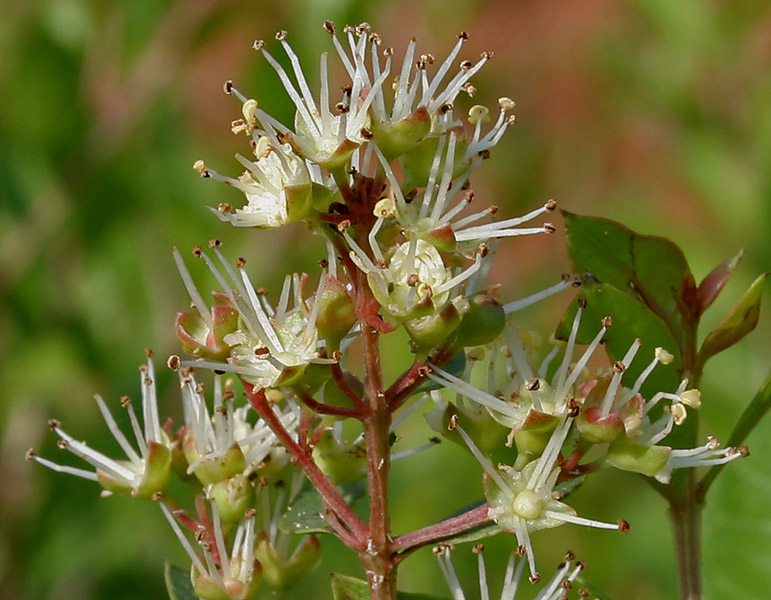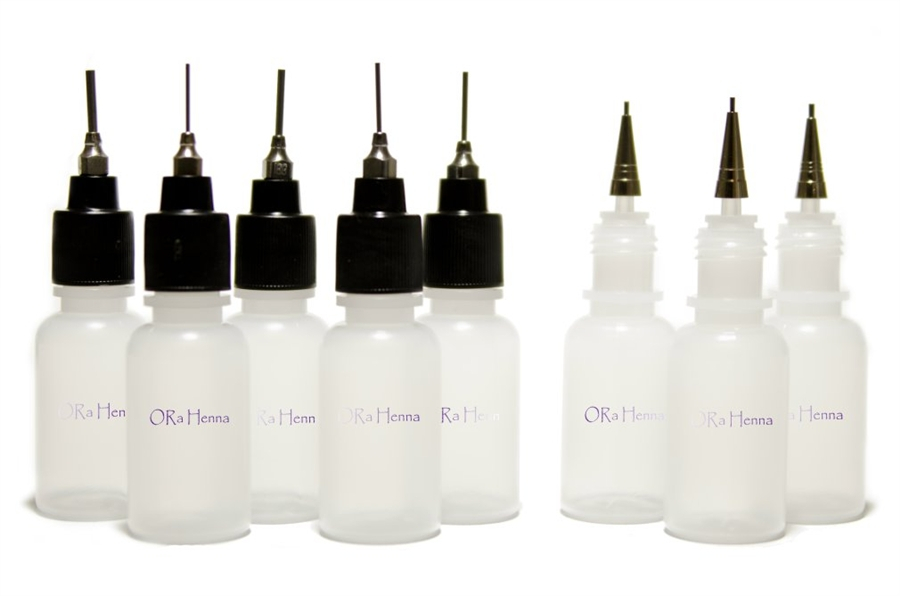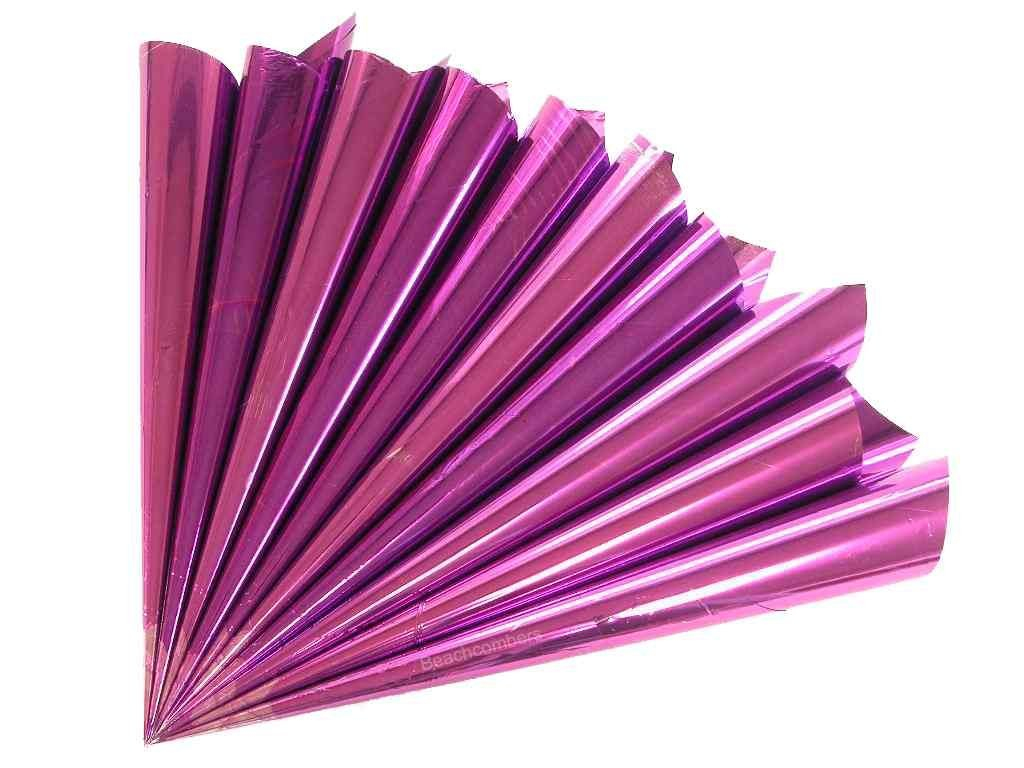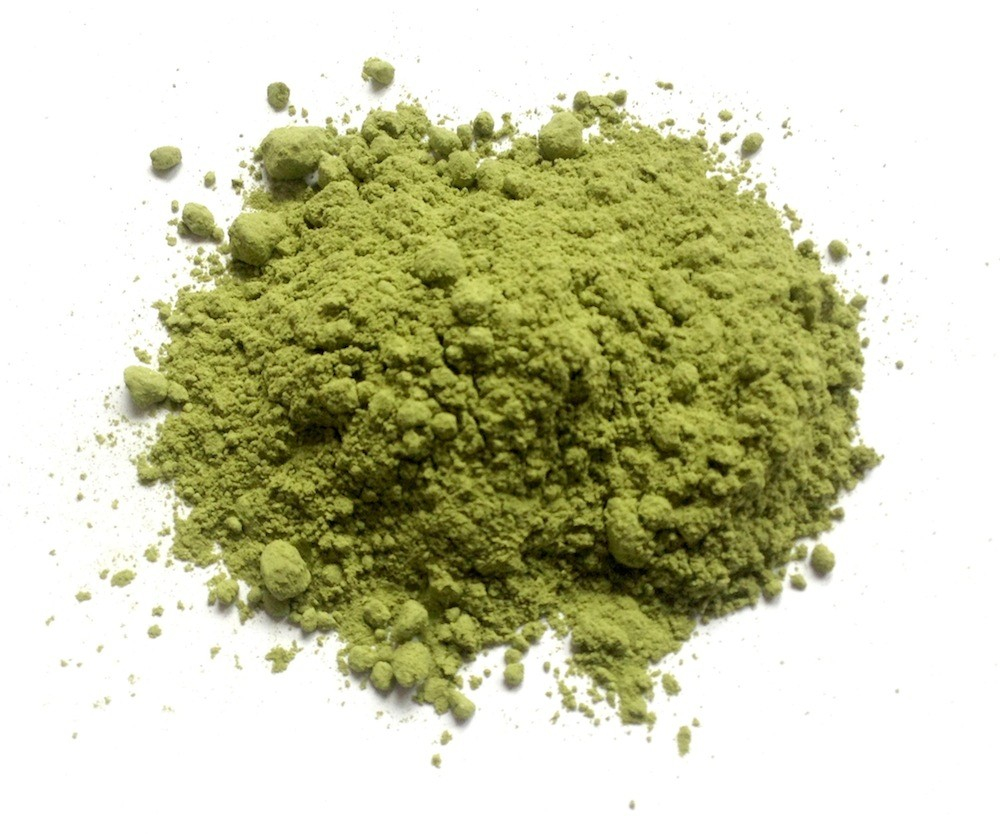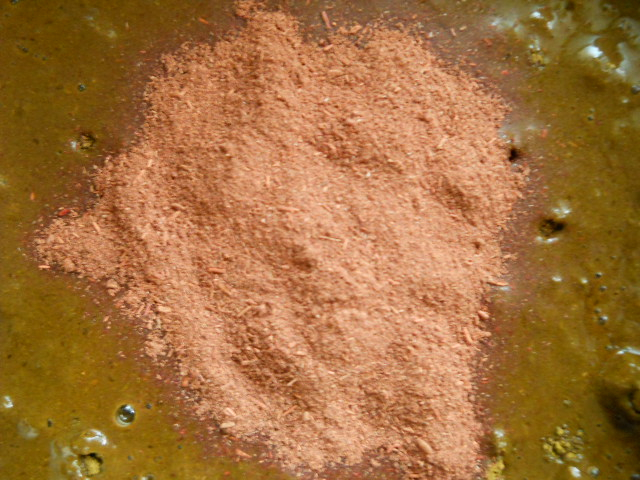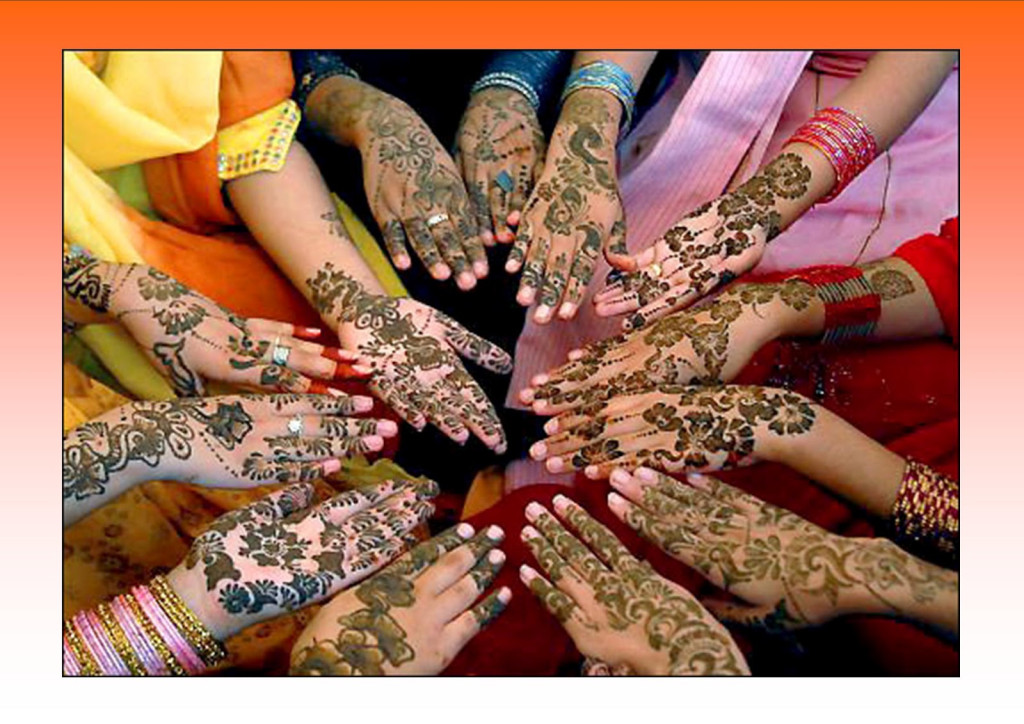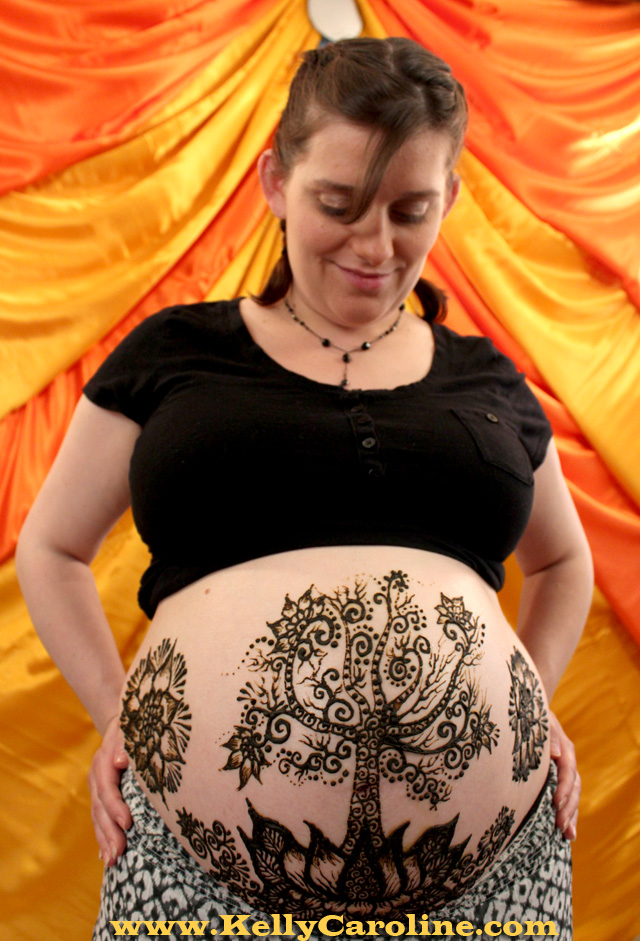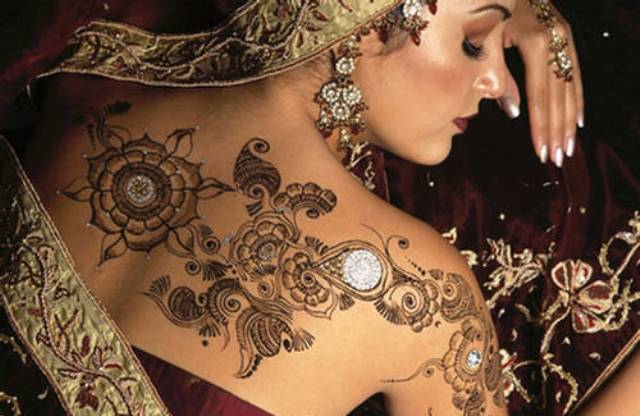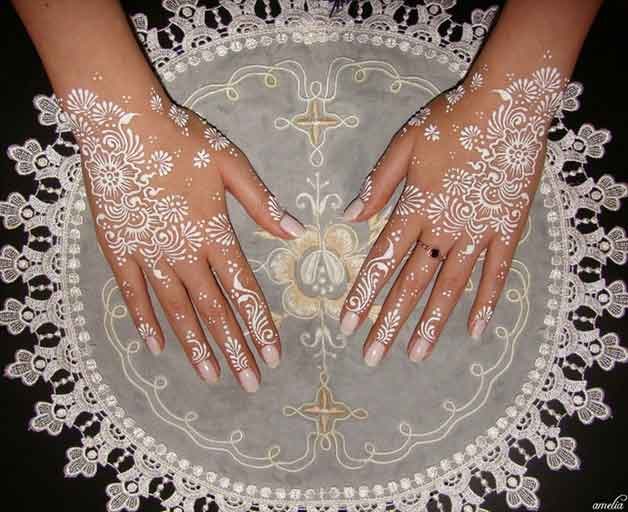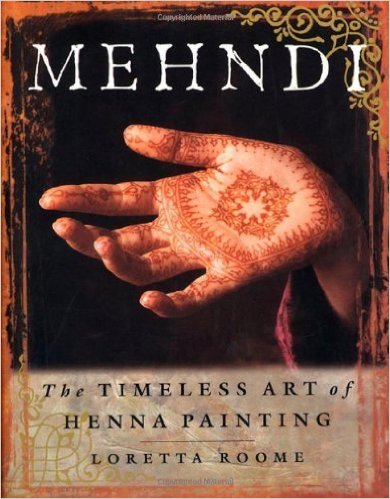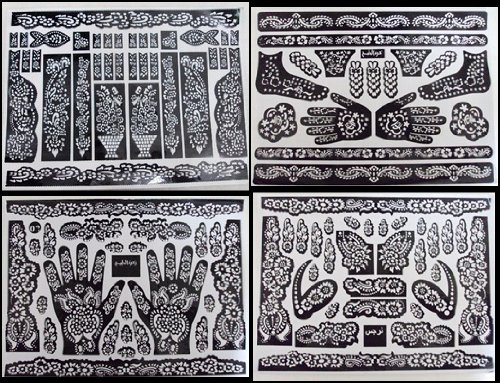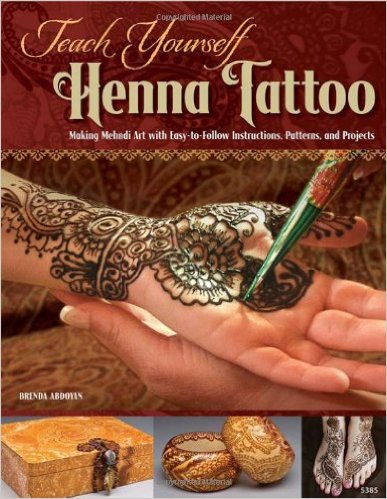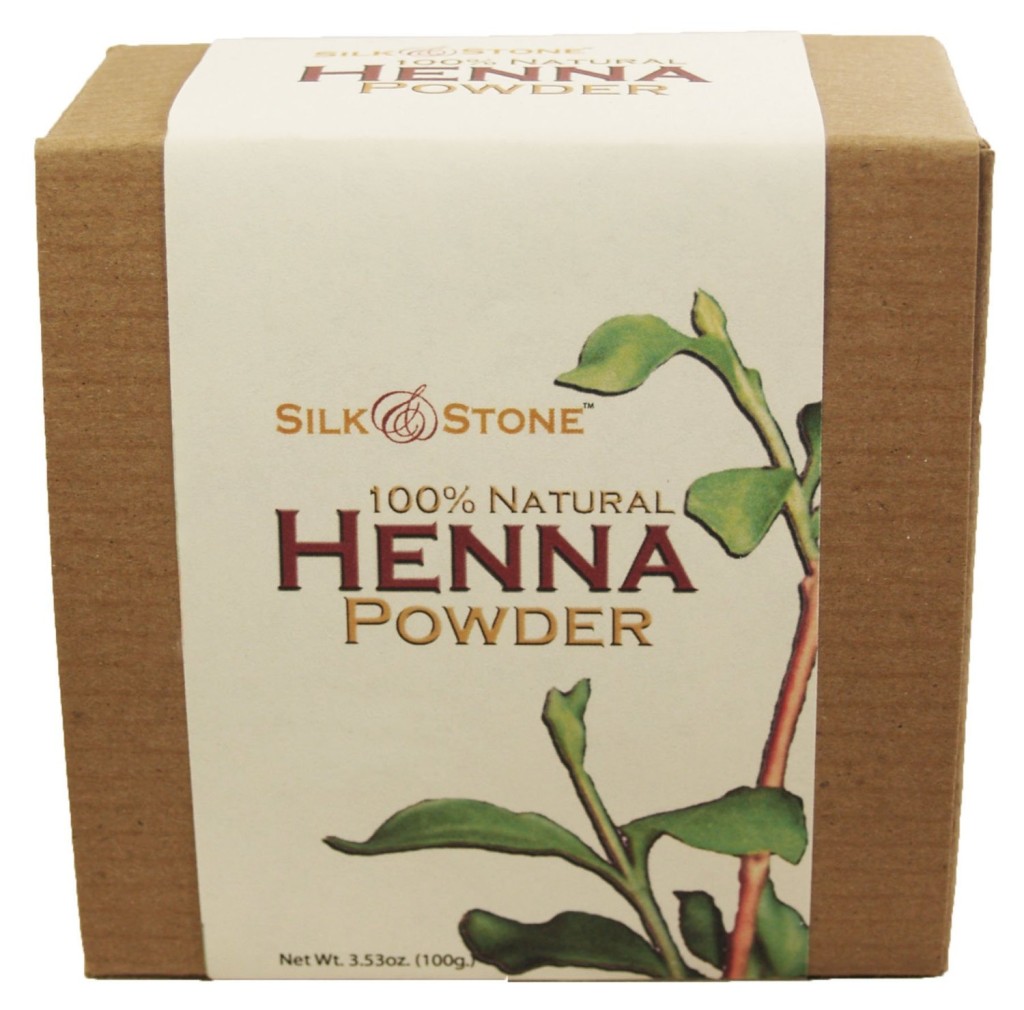Henna Tips, Tutorials, Videos and History
Henna History Tips, Tutorials, and Video
This week 246 we have a really fun post with lots of very reliable information about a form of art that is used in many countries including the USA. It is lots of fun and beautiful when it is well done and it lasts. So here we go, we did extensive research on it and we wish for you to enjoy it, please share so other people can have fun also.
We would like to thank you for all your faithful visits and appreciation we truly are grateful for it without it wouldn’t be a blog, from all of us at Isabel’s Beauty Blog.
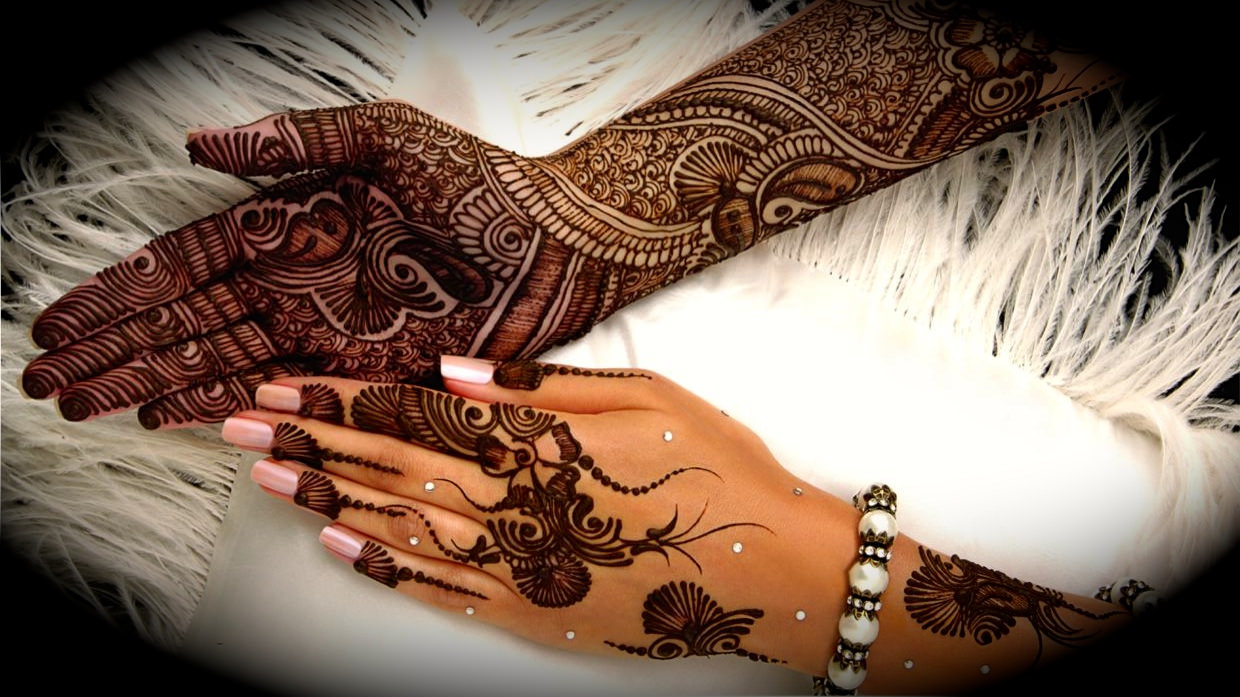
WHAT IS HENNA?
Henna (Lawsonia inermis), also called henna tree is a flowering plant.
The English name “henna” comes from the Arabic حِنَّاء (ALA-LC: ḥinnāʾ) or colloquially حنا, loosely pronounced /ħinna/. Henna is a tall shrub or small tree, 2.6 m high. It is glabrous, multi-branched with spine-tipped branchlets. Leaves are opposite, entire, glabrous, subsessile, elliptical, and broadly lanceolate (1.5–5.0 cm x 0.5–2 cm), acuminate, having depressed veins on the dorsal surface. Henna flowers have four sepals and a 2 mm calyx tube with 3 mm spread lobes. Petals are obovate, white or red stamens inserted in pairs on the rim of the calyx tube. an Ovary is four-celled, style up to 5 mm long and erect. Fruits are small, brownish capsules, 4–8 mm in diameter, with 32–49 seeds per fruit, and open irregularly into four splits.
The henna plant is native to tropical and subtropical regions of Africa, southern Asia, and northern Australasia in semi-arid zones. Henna’s indigenous zone is the tropical savannah and tropical arid zone, in latitudes between 15° and 25° N and S from Africa to the western Pacific rim, and produces highest dye content in temperatures between 35 °C and 45 °C. During the onset of precipitation intervals, the plant grows rapidly; putting out new shoots, then growth slows. The leaves gradually yellow and fall during prolonged dry or cool intervals. It does not thrive where minimum temperatures are below 11 °C. Temperatures below 5 °C will kill the henna plant. Henna is commercially cultivated in Morocco,Algeria, Yemen, Tunisia, Libya, Saudi Arabia, Egypt, India, Iraq, Iran, Pakistan, Bangladesh, Afghanistan, Turkey, Somalia, and Sudan. Presently the Pali district of Rajasthan is the most heavily cultivated henna production area in India, with over 100 henna processors operating in Sojat City.
The Origin of Henna
http://hennacolorlab.com/what-is-henna/
The name henna also refers to the dye prepared from the henna plant and the art of temporary tattooing based on those dyes. Henna has been used for centuries to dye skin, hair, and fingernails, as well as fabrics including silk, wool, and leather.
Henna was used for cosmetic purposes in the Roman Empire, Convivencia-period Iberia, and Ancient Egypt, as well as other parts of North Africa, the Horn of Africa, the Arabian Peninsula, the Near East and South Asia. It can be found in other hot climates like Pakistan, India, and Australia. There is very persuasive evidence that the Neolithic people in Catal Huyuk, in the 7th millennium BC, used henna to ornament their hands in connection with their fertility goddess.
The use of Henna in the 4th-5th centuries in the Deccan of western India is clearly illustrated on Bodhisattvas and deities of cave wall murals at Ajanta, and in similar cave paintings in Sri Lanka. The evidence proves henna usage in India seven centuries before the Moghul invasion, and hundreds of years before the inception of the Islamic religion, which began in the mid-7th century AD. – in southern China and has been associated with erotic rituals for at least three thousand years, during the ancient Goddess cultures.
See more at: http://hennaartconnection.com/history-of-henna#sthash.NHWOpNle.dpuf
The plant grows best in heat up to 120F degrees and contains more dye at these temperatures. It wilts in temperatures below 50F degrees. It also grows better in dry soil than damp soil. The leaves are in opposite decussate pairs and vary in sizes from approximately 2-4 cm. long. The flowers are fragrant, produced in conical panicles 1040 cm long, each flower 5 mm diameter, with four white petals. The fruit is a dry capsule 68 mm diameter, containing numerous 12.5 mm seeds.
The henna plant contains lawsone which is a reddish-orange dye that binds to the keratin (a protein) in our skin and safely stains the skin. The stain can be from pale orange to nearly black depending on the quality of the henna and how well one’s skin takes it. A good henna, fresh from hot & dry climates, will stain the darkest.
There are several places where you can look for henna: Indian, Islamic, Middle Eastern, or Moroccan aromatherapy or specialty body care shops, some organic and natural pigment supply companies carry it. When you wish to buy Henna several things you should check for the first one is to make sure that the product is for the skin not for the hair.Henna for hair is often chemically treated and includes tiny bits of leaves instead of the fine powder that is needed to pass through the small tip of a mehndi applicator.You must not grind the Henna or sift it you lose a great percentage of your product is a waste of time and money.
Quality control is crucial in this search due to some products can fail to leave any stain at all, some products that were opened, expired, half used or not even in the container!
Here is what to look for:
That the bag is not open at all, check the expiration date on the box and that has not been corrected ( that actually happens, or if the box says Black Henna that product is not what you want. even if the pictures on the container are black that doesn’t mean that the Henna is black.
If you want to purchase Henna in bulk, this product sold like this way usually comes in three colors: Black which usually is for the hair, and will not leave any mark on the skin, neutral,which is made to leave as little as color possible is not intended for Mehndi; Red, which is what is what you want, usually the store will tell you that all of it is fine, not so much at all.
The Henna powder for Mehendi should be as fine as talc powder, sometimes maybe little twigs or bits of leaves if your intention is to do fine delicate designs get the best fine quality. The Bulk Henna sold, for the most part, has got 30% to sometimes 60% of products that will have to discard or use to dye the hair. Bulk Henna quality vary dramatically.
TIP:
In a Hindu store, the advantage is that is used for common ailments as well as cosmetic purposes. Get a small amount and test it at home.
A fresh top quality Henna will be very fragrant, like a fresh herb. The color will be green and sometimes umber or brown. This should not be mistaken for neutral Henna, which is always pale brown in color. There is no such a thing as truly black Henna. Sometimes Henna stains from pale orange to deep rust or sienna.
Henna paste drys black as it is drying the skin and the paste still on, so the photographs you see are taken before the paste was removed, if you happened to get a very strong henna it will stain a blackish color the reason for that is the red color deepens to black but soon enough you will see the blackish color fading to red. The fine detail is more likely to keep the black shade and that is usually due to multiple applications or leaving the paste on the skin longer time with the proper heat, anything else involves harsh chemicals added to the Henna.
Henna comes in different shades but not in different colors, in if you find that in the market the product you are seeing got substances added to the recipe, by Loretta Roome
recommends to find a strong natural Henna begin learning recipes and application techniques.
Most Henna that is readily available on the market is treated, on the box it may say 100% pure Henna, read the ingredients, because they do not specify what happened to it before it was packaged. This kind of product will have a very strong artificial odor and will look gray they usually contain turpentine, kerosene, or clove oil which for most people is too strong and can cause a skin reaction, is always recommended to do a small patch test.Most of the products manufactured in the States are extremely overpriced and filled with unnecessary fillers, with cheap applicators, stencils, oils, and clutter, and some cases is no Henna at all !!! great.
A decent 1 pound costs about $12.00 so if you are paying more than that for three ounces you are over paying.
I several ingredients that are used to make Mehndi paste one of them is black tea, like Ceylon black, works great, dark coffee to like the kind that you find in Middle Eastern stores, do not purchase flavored coffee or light beans it won’t work, Tamarind, is very popular in Indian , Latin, and Asian stores, is a fruit and usually sold dried, the cost is usually about $3 dollars a pound, ( use it for skin masks due to the fact that contains natural AHA which renews skin in an amazing way and way cheaper than the products sold in a bottle with no so pure AHA), the fruit from the Dominican Republic is too light in color. Tamarind also comes in concentrate form which is good to use too. In these stores, you can find clove, mustard oil, and eucalyptus oil. Make sure that they are essential oils in tinted glass bottles.
The same with pre-made pastes sold in cones or tubes, the reality is that real quality Henna only last fresh two to four days premixed, the premixed have very harsh preservatives that can react on your skin very different than real pure Henna, you can order Henna that is already mixed you have to be prepared to pay more for overnight shipping, is a number of reliable places that you can order from Loretta Roome shares these reliable sources.
Let’s talk tools from Loretta Roome suggestions:
She suggested the Jacquard bottle for the applicator and you can locate it in an art supply store along with items used for dyeing or batik. They are half ounce plastic bottles, with metal tips sold separately in three sizes with .09, .07, .o5 centimeters opening, you will need to make cones to fill your Jacquard bottles. she shares other ways to do this in her book The Timeless Art of Henna Painting
Jacquard bottles
Cone applicators for Mehndi
Basic ingredients:
Henna
Tea
Coffee
Spring Water or Distilled Water
Lemons
Sugar
Optional Ingredients
Eucalyptus Oil
Mustard Oil
Cloves
Okra
Tamarind
Garlic
Pepper
Orange Blossom Water
Cardamom
Black Walnut Hulls ( Ground )
Fenugreek Seeds
Pomegranate
Basic Tools
Cone or Bottle (with tip)
Scissors
Scotch Tape
Tea Strainer with handle
Ceramic, Glass, or Wooden Bowl
Wooden or Plastic Spoon
Lemon Squeezer or Reamer
Flat Toothpicks
Cotton in balls or strips
Heavy duty clear plastic drop cloth or freezer bags
Cotton swabs
Miscellaneous Items Loretta Roome recommends
Coal
Incense
Cosmetic Makeup Applicators
Pumice Stone
Loofah, fiber cloth or Mitt
Candles
Heating Pad or Hair dryer
Plastic wrap
Gauze
Here Loretta Roome shares Resource Guide:
Color Trends
5129 Ballard Ave. NW
Seattle, Washington 98107
206-789-1065
Reshma Henna
Shelly Mehndi powder Kaveri Enterprises
Sada Bahar Dulhan Mehndi red
Green color Henna
Amber color Henna
Different color Hennas
Green Henna most used:
Amber Henna:
For body decorations, the leaves of the henna plant are dried, crushed into a fine powder, and made into a creamy paste using a variety of techniques. This paste is then applied to the skin, staining the top layer of skin only. In its natural state, it will dye the skin an orange or brown color. Although it looks dark green (or dark brown depending on the henna) when applied, this green paste will flake off revealing an orange stain. The stain becomes a reddish-brown color after 1-3 days of application. The palms and the soles of the feet stain the darkest because the skin is the thickest in these areas & contain the most keratin. The farther away from hands and feet, the henna is applied, the lesser the color. The face area usually stains the lightest. The designs generally last from 1-4 weeks on the skin surface depending on the henna, care and skin type.
Henna works on all skin types and colors. It looks just as beautiful on dark skin as light skin but because some people skin may take the dye better than others, it can look more prominent on one and not as much on another (even lighter skin). But nevertheless, henna is a symbol of beauty, art, and happiness and is meant for EVERYONE!
Because henna acts as a sunblock, there is an added benefit to having henna designs in the summer. For those who love to get a tan It leaves tan lines! In order to benefit from this, it is best to get a henna design, let its natural color stay on for 3-5 days and then go and get a tan. This way you can enjoy the natural henna color on your body, the henna color with the tan, and then tan lines in the shapes of the design (once the henna fades away)! The tan lines last as long as the actual tan!
Various shades are procured by mixing henna with the leaves and fruit of other plants, such as indigo, tea, coffee, cloves and lemon. The resulting paste is often used as a hair dye.
When used in decorative body art, sugar and oil are also added to the mixture to strengthen the color and longevity of design.
The earliest civilizations to have used henna include the Babylonians, Assyrians, Sumerians, Semites, Ugaritics, and Canaanites. The earliest written evidence that mentions henna specifically used as an adornment for a bride or woman’s special occasion is in the Ugaritic legend of Baal and Anath, inscribed on a tablet dating back to 2100 BC, found in northwest Syria. Henna has also been used extensively in southern China and has been associated with erotic rituals for at least three thousand years, during the ancient Goddess cultures.
Because henna has natural cooling properties, people of the desert, for centuries, have been using henna to cool down their bodies. They make a paste of henna and soak their palms and soles of the feet in it to get an air conditioning effect. They feel its cooling sensation throughout the body for as long as the henna stain remains on their skin. Initially, as the stain faded away, it left patterns on the skin surface which led to ideas to make designs for decorative purposes. In the ancient Egyptian time, mummies wore henna designs and it is documented that Cleopatra herself used henna for decorative purposes.
Henna was not only a popular adornment for the rich but the poor, who could not afford jewelry, used it to decorate their bodies as well.
From the deserts of North Africa of northern India, magnificent designs blossom and vanish upon hands and feet of women. Most commonly associated with romantic love and the ritual of marriage, henna designs are an integral part of bridal adornment in Hindu, Moslem, and Sephardic traditions now.
HENNA IN THE WEST
HENNA IN THE WEST
Today people all over the world have adopted the ancient traditions of adorning their bodies with the beautiful natural artwork created from the henna plant. It became a very popular form of temporary body decoration in the 90’s in the US and has become a growing trend ever since. Celebrities like Madonna, Gwen Stefani, Yasmine Bleeth, Liv Tyler, Rihanna, and many others proudly adorn their bodies with henna and show them off in public, movies, videos, etc. People throughout the west have adopted the eastern tradition in their lives by having their hands and feet painted for weddings, bellies painted while in pregnancy, heads adorned with henna while going through chemotherapy, scars camouflaged to make them unnoticeable, etc. Most commonly associated with romantic love and the ritual of marriage, Henna designs are an integral part of bridal adornment.
Mehndi is and art form that traditionally has been practiced exclusively by women. In North Africa, Asia,the Middle East, or any Indian or Moslem community, you will find women who decorate themselves with Henna. It is taught and practiced largely in the oral tradition, with recipes and patterns passed from one generation to the next.But while Mehndi retains an aura of festivity and wellbeing, it remains a sacred practice intended not just to beautify the body but to invite grace and good fortune into one’s home,one’s marriage, and one’s family. It is a kind of Talisman, a blessing upon the skin.
CULTURAL
Henna is used for many reasons including self-expression; a celebration of special occasions like weddings, holidays & birthdays; inspiration; reminders; beauty; cosmetic treatments; medicinal uses; blessings & well-being; to be part of an ancient tradition; and an alternative or precursor to a tattoo.
Henna painting in its purest form is largely improvisational and intuitive. Ancient symbols and motifs are subject to the whim and imagination of the artist, and great emphasis is put on the singularity and originality of each interpretation.
This art has always involved a relationship of the personal and the traditional, spreading slowly from one culture to another over thousands of years and taking on a new meaning with each rebirth. Now we become a part of this new evolution and we can discover for ourselves what Mehndi brings to our lives today, I am grateful for the opportunity, to leave something this old with my contribution.
Today, brides prefer to have their henna done prior to the Mehndi night so that they can enjoy the festivities and also have a deeper stain by the wedding day.
Tradition holds that for as long as the henna stain appears on the bride, she doesn’t have to do any housework! Also, the darker the stain the better the marriage and the better the mother-in-law will be! So you can imagine why the bride would want the stain to come out dark and last as long as possible! How about that ladies? something to play with aside from the Henna.
Traditional Wedding Henna
White wedding Henna
Henna was used for cosmetic purposes in the Roman Empire, Convivencia-period Iberia, and Ancient Egypt, as well as other parts of North Africa, the Horn of Africa, the Arabian Peninsula, the Near East and South Asia. It can be found in other hot climates like Pakistan, India, and Australia. The plant grows best in heat up to 120F degrees and contains more dye at these temperatures. It wilts in temperatures below 50F degrees. It also grows better in dry soil than damp soil. The leaves are in opposite decussate pairs and vary in sizes from approximately 2-4 cm. long. The flowers are fragrant, produced in conical panicles 1040 cm long, each flower 5 mm diameter, with four white petals. The fruit is a dry capsule 68 mm diameter, containing numerous 12.5 mm seeds.
The henna plant contains lawsone which is a reddish-orange dye that binds to the keratin (a protein) in our skin and safely stains the skin. The stain can be from pale orange to nearly black depending on the quality of the henna and how well one’s skin takes it. A good henna, fresh from hot & dry climates, will stain the darkest.
For body decorations, the leaves of the henna plant are dried, crushed into a fine powder, and made into a creamy paste using a variety of techniques. This paste is then applied to the skin, staining the top layer of skin only. In its natural state, it will dye the skin an orange or brown color. Although it looks dark green (or dark brown depending on the henna) when applied, this green paste will flake off revealing an orange stain. The stain becomes a reddish-brown color after 1-3 days of application. The palms and the soles of the feet stain the darkest because the skin is the thickest in these areas & contain the most keratin. The farther away from hands and feet, the henna is applied the lesser the color. The face area usually stains the lightest. The designs generally last from 1-4 weeks on the skin surface depending on the henna, care and skin type.
Henna works on all skin types and colors. It looks just as beautiful on dark skin as light skin but because some people skin may take the dye better than others, it can look more prominent on one and not as much on another (even lighter skin). But nevertheless, henna is a symbol of beauty, art, and happiness and is meant for EVERYONE!
Because henna acts as a sunblock, there is an added benefit to having henna designs in the summer. For those who love to get a tan, It leaves tan lines! In order to benefit from this, it is best to get a henna design, let its natural color stay on for 3-5 days and then go and get a tan. This way you can enjoy the natural henna color on your body, the henna color with the tan, and then tan lines in the shapes of the design (once the henna fades away)! The tan lines last as long as the actual tan!
Various shades are procured by mixing henna with the leaves and fruit of other plants, such as indigo, tea, coffee, cloves and lemon. The resulting paste is often used as a hair dye.
When used in decorative body art, sugar and oil are also added to the mixture to strengthen the color and longevity of design.
While henna is known by many names including Henne, Al-Khanna, Jamaica Mignonette, Egyptian Privet and Smooth Lawsonia, the art of its application is referred to as Henna (Arabic) or Mendhi (Hindu).
Acording to:http://www.islamicmedicine.org/henna.html
MEDICINAL PROPERTIES
Henna is considered an herb, and has long been known to have healing qualities. It is used topically and usually not ingested or inhaled. In ancient times it has been applied to the skin surface for such ailments as headaches, stomach pains, burns applied to a burn area for first and second degree burns decreases pain and fluid loss from the burn site (including sunburns), open wounds and ulcers, warts especially on the warts which are resistant to cryo (Nitrogen liquid ) It help to heals fissures and cracks in the foot and reduce foot infection., as a fever reducer, athlete’s foot and even the prevention of hair loss Herpes Simplex it dries the vesicles at the site early. It is also a sunblock and has been used on the noses of animals to prevent sunburn. Another use of henna would be to apply it to goat skin bags, after they have been salt-cured. It “insect-proofs” or “moth-proofs” the bags by making the skin poisoned or inedible.
Used as an antiseptic and as an astringent, it is often applied to bruises and sprains, as well as boils, burns, and even open wounds!!! caution is suggested here consult your health provider.It is used to treat ringworm and headaches, sweaty hands, burning feet, and athlete’s foot. Because of the cooling effect, it has on the skin, a ball of Henna paste is placed i the hand of a fevered child in order to bring the temperature down. An extract derived from putting Henna leaves in boiling water is used as a gargle to alleviate ad get rid of a sore throat, and taken internally to act as a tonic and to help stomach pains.
The Bark of the Henna plant is used to treat jaundice, enlargement of the Spleen and various skin diseases.It is also used as a deodorant since its cooling effect prevents perspiration.
http://www.islamicmedicine.org/henna.html
TRADITIONS
Henna is traditionally used for special occasions like holidays,
birthdays and weddings in Africa, Pakistan, India, and the Middle East. The most popular of the traditions is the Mehndi (henna) Night where the bride, her family, relatives, and friends get together to celebrate the wedding to come. The night is filled with games, music and dance performances that may have been rehearsed for months prior to the event by those closest to the bride while the bride gets extensive henna patterns done on her hands and feet that go to her elbows and sometimes, knees. The bridal patterns can take hours and are often done by multiple henna artists. The guests will usually receive small designs (tattoos) on the backs of their hands as well.
Today, brides prefer to have their henna done prior to the Mehndi night so that they can enjoy the festivities and also have a deeper stain by the wedding day.
Tradition holds that for as long as the henna stain appears on the bride, she doesn’t have to do any housework! Also, the darker the stain the better the marriage and the better the mother-in-law will be! So you can imagine why the bride would want the stain to come our dark and last as long as possible!
Another link can be found in the poetry and folklore of India, where Mehndi is often referred to as love juice.
Mehndi marks a samskara, or rite of passage, in a woman’s life. In classical Indian tradition, there is no formal ceremony at the time of puberty to celebrate the young girl’s coming of age Mehndi is there for associated with the sexual initiation into womanhood, as well as the union of husband and wife.
It is associated with transformation and transcendence.
Ceremonial painting is considered sacred work, and beautification a form of worship.
Mehndi is a language. In India, there is a special term Shringar, that is used to describe the beauty of a woman’s creativity and Shringar is the power of beauty beneath the surface, and Mehndi is also included in the Kama Sutra as one of the sixty-four arts of women.
Adornment in India is usually motivated by religious beliefs and has none of the stigmas of vanity and materialism that it has in the west.
One of the most common superstitions about Mehndi has to do with the color of the Henna, if the color is deep red for example, it is said that love between the husband and wife will be strong and long lasting.
In Morocco, there is a very clear understanding that symbols of protection are the only action a human can take in the face of MEKTOUB (destiny), the determining force behind every individual’s life. Often Henna is used to guard against misfortune put on the forehead to determine the fortune of the woman or the man.
Here we share some videos of authority Mehndi application and facts these are very informative and a must if you wish to do Mehndi at home.
Mehndi : The Timeless Art of Henna Painting by Roome, Loretta
Mehndi, the ancient art of painting on the skin with henna, beautifies the body, rejuvenates the spirit, and celebrates the joys of creativity and self-expression. More than just a temporary tattoo, mehndi offers us a way to participate in a centuries-old tradition still practiced in India, Africa, and the Middle East.
In this stunning and authoritative book, Loretta Roome traces the origins and meanings of traditional designs, demonstrates how to create them on the skin, and reveals the recipes, tools, and techniques needed to paint designs that range from simple to complex. The result of years of research and the author’s experience as one of the nation’s foremost mehndi artists, Roome’s book offers practical information, creative inspiration, and many suggestions for enhancing the playful, intimate, sensual, erotic, and spiritual aspects of the ancient and amazing art of mehndi.
10 A3 SHEETS Self Adhesive Decal Stencils For Henna Temporary Tattoo Reusable DIY
Teach Yourself Henna Tattoo: Making Mehndi Art with Easy-to-Follow Instructions, Patterns, and Projects
Color your world with the fabulous art of henna tattoo with this book of patterns and instructions for the body and even home decor objects! Learn how to combine the 5 basic henna shapes into a variety of exotic mendhi designs.
Silk & Stone 100% Pure & Natural Henna Powder
